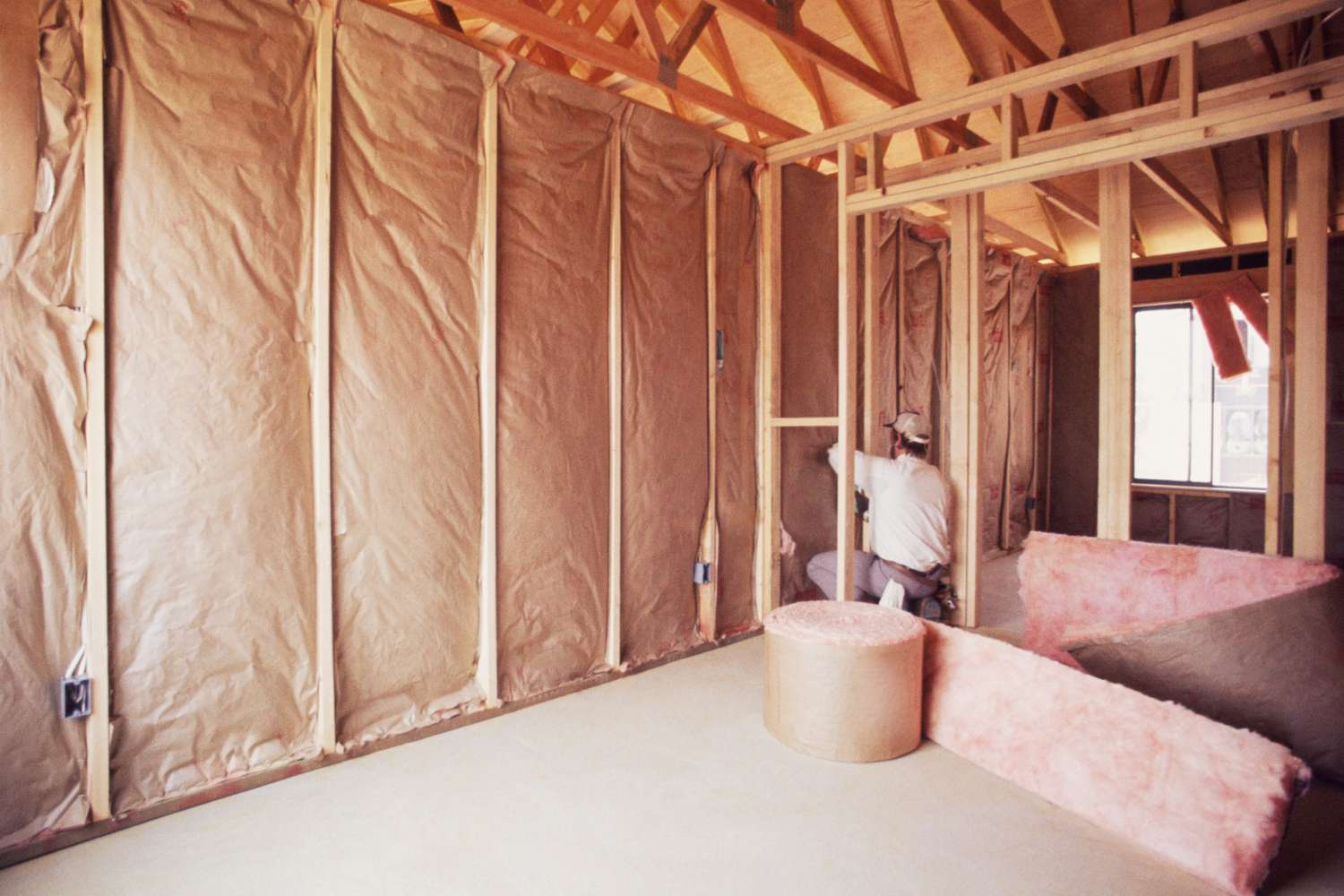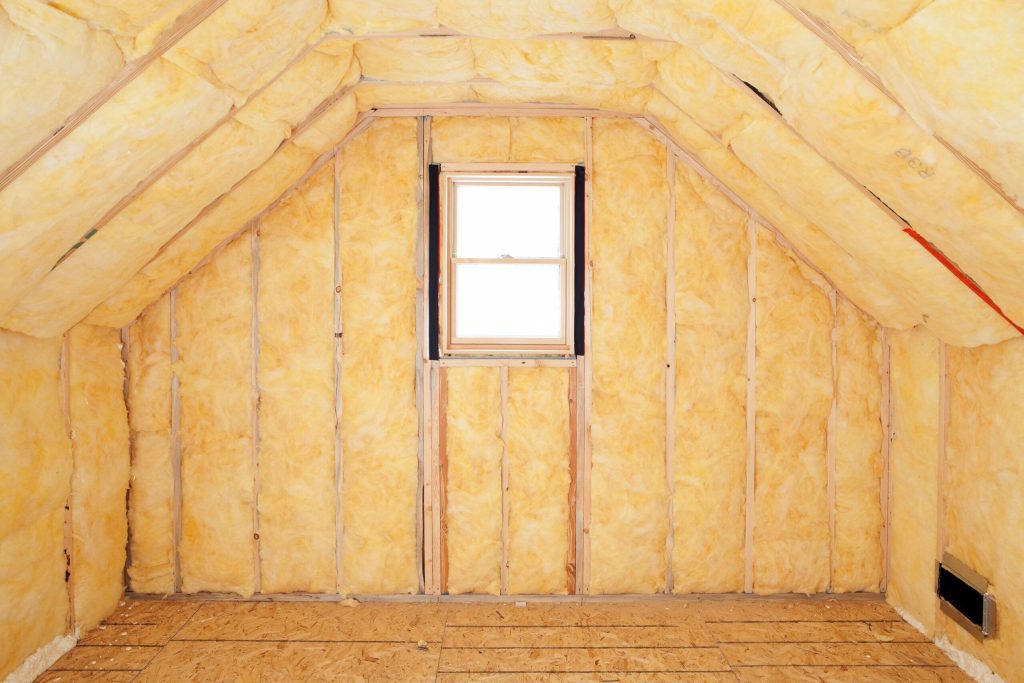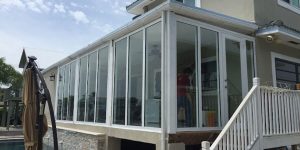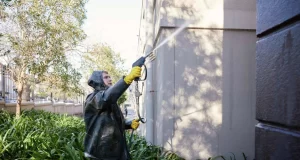
Soundproofing is a crucial consideration for creating comfortable and private spaces, whether in residential or commercial settings. Insulation Contractors employ various techniques to minimize sound transmission and enhance acoustic privacy. Here’s an exploration of common soundproofing methods used by insulation contractors:
- Insulation Material Selection:
Key Aspect: Insulation contractors choose materials with sound-absorbing properties. Dense materials, such as mineral wool or fiberglass, are effective at reducing sound transmission. Open-cell spray foam insulation is also known for its sound-absorbing qualities.
- Double Stud Walls:
Construction Technique: Contractors may employ double stud walls to create a thicker barrier between spaces. This involves building two separate walls with a gap in between, reducing the direct transmission of sound.
- Resilient Channels:
Installation Technique: Resilient channels are metal strips that are attached to the studs, creating a gap between the wall and the drywall. This helps decouple the drywall from the structure, preventing direct sound transmission.

- Mass-Loaded Vinyl (MLV):
Soundproofing Material: Mass-loaded vinyl is a dense rubber-like material that is effective at blocking sound transmission. It is often installed between layers of drywall to add mass and reduce the passage of sound.
- Acoustic Panels:
Aesthetic Solution: Acoustic panels are designed to absorb sound and reduce echo within a space. These panels can be strategically placed on walls or ceilings to improve the overall acoustic environment.
- Spray Foam Insulation:
Versatile Application: Spray foam insulation is not only an effective thermal insulator but also a soundproofing solution. It expands to fill gaps and crevices, creating a seamless barrier against both air and sound infiltration.
- Caulking and Sealing:
Detail Work: Insulation contractors pay attention to the details, sealing gaps and cracks with caulking to prevent sound leakage. This meticulous approach ensures a comprehensive soundproofing result.
- Batt Insulation:
Traditional Approach: Fiberglass or mineral wool batts are commonly used for their sound-absorbing properties. These insulation materials are installed within wall cavities to reduce sound transmission.
- Door and Window Upgrades:
Focus on Openings: Insulation contractors may recommend upgrading doors and windows to those with higher sound transmission class (STC) ratings. This minimizes the impact of external noise on interior spaces.
Conclusion:
Insulation contractors employ a combination of materials and construction techniques to achieve effective soundproofing. Whether for residential homes, commercial spaces, or specialized environments like recording studios, these methods contribute to creating acoustically comfortable and private spaces. Home and business owners seeking soundproofing solutions should consult with experienced insulation contractors to determine the most suitable approach for their specific needs.






